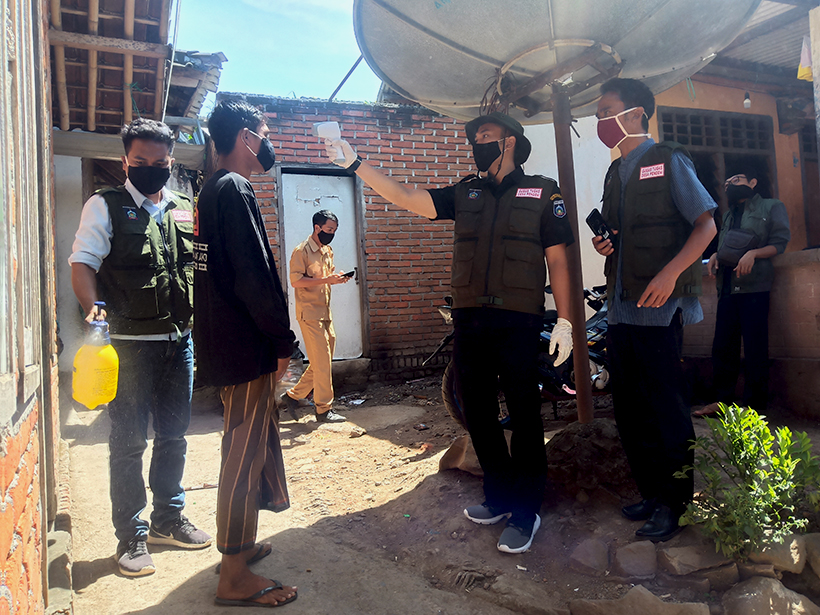On the Fourth of July, tragedy struck in Texas Hill Country as devastating floods wreaked havoc. The aftermath of this natural disaster left at least 119 people, including 36 children, confirmed dead and about 160 individuals, including young girls from a summer camp, still missing. The sheer magnitude of loss and destruction was heart-wrenching.
Survivors recounted their harrowing experiences, describing the floods as a “pitch-black wall of death,
” emphasizing the lack of timely emergency warnings that could have potentially saved lives. Residents and camp-goers along the Guadalupe River were caught off guard without proper evacuation notices until it was too late. This catastrophic event has been likened to a “
100-year flood,” signifying its unprecedented severity within the last century.
The unanticipated nature of flash floods in regions like Hill Country serves as a stark reminder that these disasters are not isolated incidents but rather interconnected with broader environmental factors. As Chaney Hill eloquently stated in an op-ed reflecting on a similar flood from over two decades ago, such calamities are not sporadic occurrences but are influenced by historical patterns, environmental conditions, and human activities.
From an expert’s viewpoint, the increasing frequency and intensity of extreme weather events like these floods underscore the urgent need for climate-resilient emergency preparedness strategies. Amidst rising global temperatures and changing weather patterns, it is imperative to prioritize proactive measures to mitigate the impact of future disasters.
In light of this tragic event, there is a pressing call for enhanced flood warning systems and community preparedness initiatives to safeguard lives and property against unforeseen calamities. While cost considerations may deter immediate action on implementing advanced warning mechanisms, the long-term benefits in terms of saving lives far outweigh any initial investments.
As we reflect on the lessons learned from this catastrophe, it becomes evident that climate awareness and disaster preparedness must be integral components of our collective response to an increasingly volatile environment. Every individual’s role in advocating for sustainable measures cannot be overstated – as we strive towards building resilient communities capable of weathering future storms.
While we mourn the loss of those affected by this tragedy and hold hope for those still missing, let us reaffirm our commitment to fostering a safer and more sustainable world for generations to come. In times like these, unity in purpose is our greatest strength as we navigate through challenges posed by a changing climate landscape.









Leave feedback about this